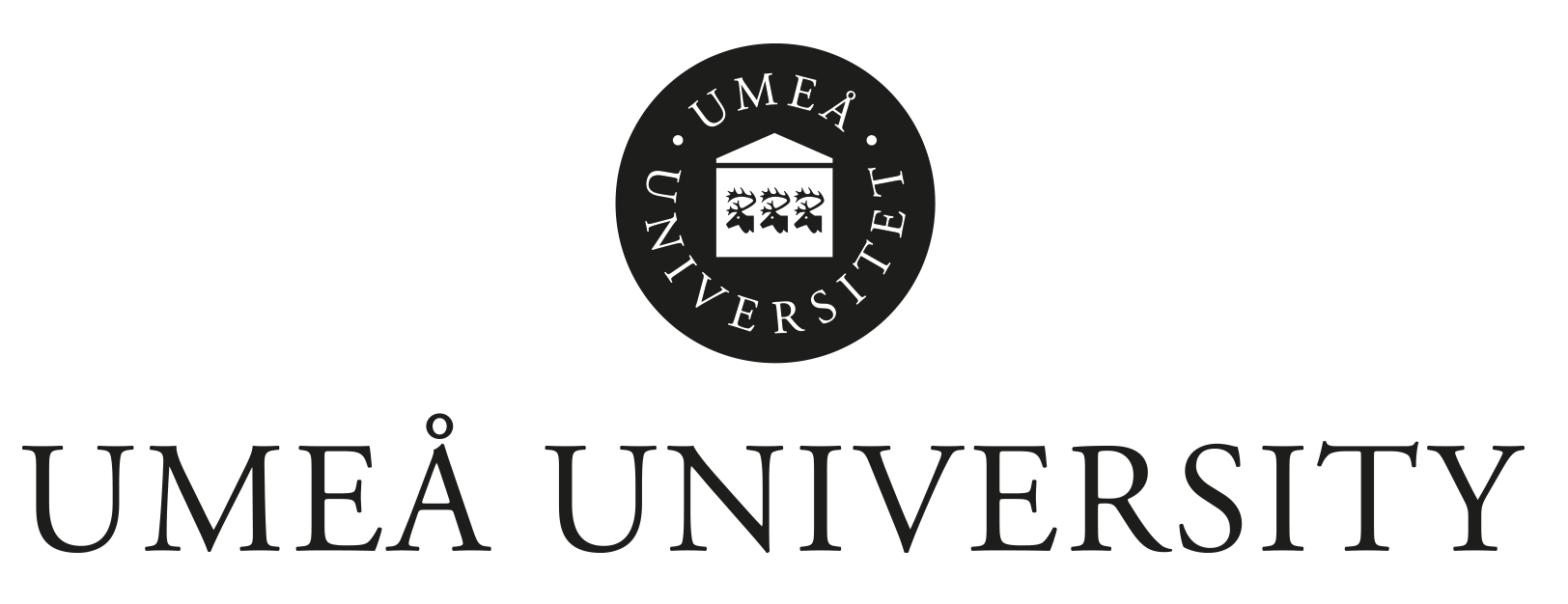Join us for the last Um…Crits of the semester. This time we have invited UmArts postdoc Tarsh Bates to present their research project Scentsory Foraging – Exploring olfaction, environmental orientations and aesthetics.
In this talk, Tarsh will present current research into smell as interspecies communications and creative works-in-development, including the challenges and possibilities of working with scent as an aesthetic medium. You are welcome to join the discussion you are invited to bring an object that smells of an environment that has significance for you.
Olfaction is a vital and neglected sensory aspect of place-making and interspecies communication. Ephemeral and invisible, smell chemicals are exchanged at all scales, from the molecular to the atmospheric, flowing between microbes, fungi, plants, animals, soil, water and air. Odorants move through and between bodies and species, integral to life processes and multi-species place-making. However, olfactory orientations are increasingly redolent with the pungent stench of colonial and capitalist over-consumption, extraction and terra-firming. In the long dark winters across Sápmi, reindeer forage through the forests attracted by the smells of lichen buried under layers of snow. However, climate change causes rain and unpredictable snow melts, where melted snow freezes into ice. The volatile chemicals released by the lichen can’t diffuse through the ice and reindeer struggle to find their food. This seemingly small shift in olfactory relations between lichen, reindeer and frozen water has profound effects on multispecies migration, economies and cultures across Sápmi.
Bio:
Tarsh Bates is UmArts Postdoctoral Research Fellow in Design and Molecular Biology at Umeå Institute of Design and the Department of Molecular Biology. Bates was born in Mununjali/Beaudesert, Yugambeh/Queensland, grew up in Matamata, Aotearoa/New Zealand, and has lived for the last 35 years in Boorloo/Perth, Nyungar Boodja/South-Western Australia. They recently moved to Ubmeje, Sápmi, the lands of the Sami people in northern Sweden. They have worked as a pizza delivery driver, a fruit and vegetable stacker, a toilet-paper packer, a compost researcher, a honeybee ejaculator, a gallery invigilator, a raspberry picker, an academic, an editor, a bookkeeper, a car detailer, and a life drawing model. They have a background in biotechnology and contemporary art, and a Masters and PhD in Biological Art from SymbioticA, The University of Western Australia. They are currently the UmArts postdoctoral research fellow in Design and Molecular Biology at Umeå University and enamoured with Candida albicans.
